Content
1. Why do we need to exfoliate safely?
Risks of incorrect exfoliation
Excessive friction: causes redness, sensitivity, and even bleeding.
Unclean tools: Shared or uncleaned foot-grinding tools may spread fungi (such as athlete's foot).
Aggravation of dryness and cracking: Violent exfoliation will damage the skin barrier and accelerate moisture loss.
Advantages of double-sided pumice brush
Pumice surface: Gently polishes hard skin to avoid scratches.
Bristle brush surface: Deeply cleans the gaps between the feet and stubborn cuticles to prevent bacterial growth.
Ergonomic design: Non-slip handle for more precise operation.
2. Correct steps for using a double-sided pumice brush
Preparation
Soften cuticles: Soak your feet in warm water for 10-15 minutes (add bath salts or white vinegar to enhance the effect).
Clean your feet: Wash with soap to avoid dirt from mixing into the friction process.
Pumice surface: Gently polishes hard skin
Applicable areas: Heels, soles and other areas with thick cuticles.
Technique:
Gently rub in a circular motion in one direction (do not rub back and forth) with even force.
Buff each area for no more than 10 seconds to avoid excessive friction.
Effect: Dead skin turns into white flakes and falls off, and the touch becomes smooth.
Bristle brush surface: Deep cleansing and polishing
Applicable areas: Toe gaps, edges and other details.
Technique:
Dip a small amount of shower gel and gently scrub to remove residual cuticles.
After rinsing, check if there are still rough spots, and repeat the pumice stone step if necessary.
Finishing care
Dry your feet: Pat with a clean towel to absorb water.
Moisturizing and repairing: Apply a thick layer of foot cream containing urea (10%) or shea butter, and wear cotton socks to lock in moisture.
3. Precautions for using a double-sided pumice brush
Preparation before use
Soften cuticles:
Soak your feet in warm water for 10-15 minutes (add bath salts or white vinegar to enhance the softening effect).
Avoid dry grinding, otherwise it will easily cause skin redness or cracking.
Clean your feet:
Wash your feet with soap or shower gel to prevent dirt from mixing into the friction process.
Contraindications:
Do not use when there are wounds, eczema, or fungal infections (such as athlete's foot) on the feet.
Diabetics or people with blood circulation disorders need to consult a doctor.
Contraindications:
Do not use when there are wounds, eczema, or fungal infections on the feet.
Diabetes or people with blood circulation disorders need to consult a doctor.
Tool maintenance:
Cleaning after use: Rinse the pumice and bristle brush with clean water and ventilate to dry.
Regular disinfection: Use alcohol spray or boiling water every month (high temperature resistant).
Replacement cycle: Replace the pumice surface after severe wear (about 6-12 months).
Frequency control:
Use 1-2 times a week. Excessive exfoliation will damage the skin barrier. If the heels are severely cracked, apply a thick layer of Vaseline before gently grinding.
Tool replacement:
Replace the pumice stone when it is severely worn (about 6-12 months) or the bristles fall off, otherwise the effect will decrease. Discomfort treatment: If redness, swelling, or stinging occurs after use, stop using it immediately and apply anti-inflammatory ointment (such as erythromycin ointment).
4. Double-Sided Pumice Brush FAQ (Frequently Asked Questions)
- Is the double-sided pumice brush suitable for daily use?
Not recommended: use 1-2 times a week. Excessive exfoliation can damage the skin barrier and cause sensitivity or cracking.
- What are the pumice side and bristle brush side suitable for?
Pumice side: for heels, soles and other areas with thick cuticles, gently polish hard skin.
Bristle brush side: clean the gaps between toes, edge details, remove dirt and fine cuticles.
- What should I do if my skin becomes red after use?
Stop using immediately: it may be due to excessive friction or skin sensitivity.
Care method: cold compress to calm, apply aloe vera gel or repair cream, and avoid using it again within 48 hours.
- Can the double-sided pumice brush remove corns or warts?
No: corns and warts need medical treatment, and self-rubbing may aggravate the infection. Only suitable for general cuticle care.
- How to judge whether the pumice surface needs to be replaced?
Signs of wear: The surface becomes smooth and the exfoliation effect is significantly reduced (usually 6-12 months).
Hygiene issues: Replace when cracks or stains that cannot be cleaned appear.
- Do you have to soak your feet before use?
Strongly recommended: Soak in warm water for more than 10 minutes to soften the cuticles, which can improve the effect and reduce the risk of skin damage. Dry scrubbing can easily cause redness and swelling.
- Will the bristle brush breed bacteria? How to clean it?
Cleaning method:
Rinse and dry after each use.
Disinfect with alcohol spray or boiling water (high temperature resistant models) every month.
Storage: Place in a dry and ventilated place, avoid humid environment.


 En
En
 English
English Français
Français
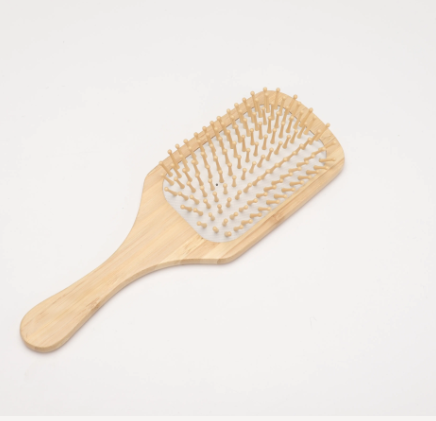
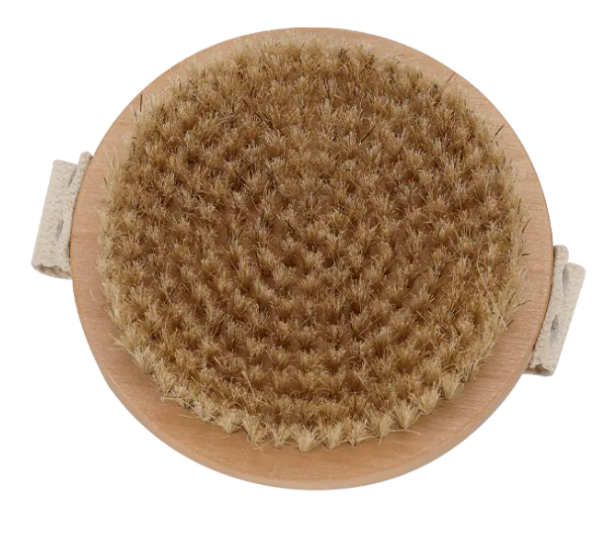

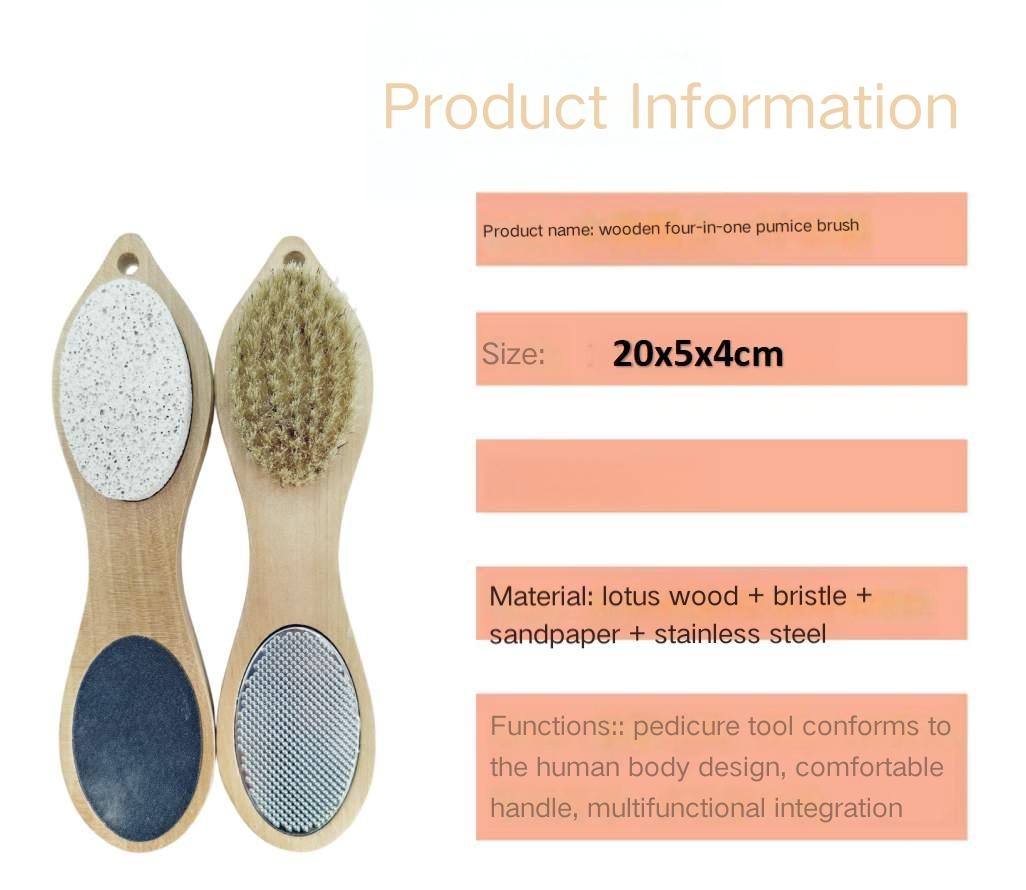
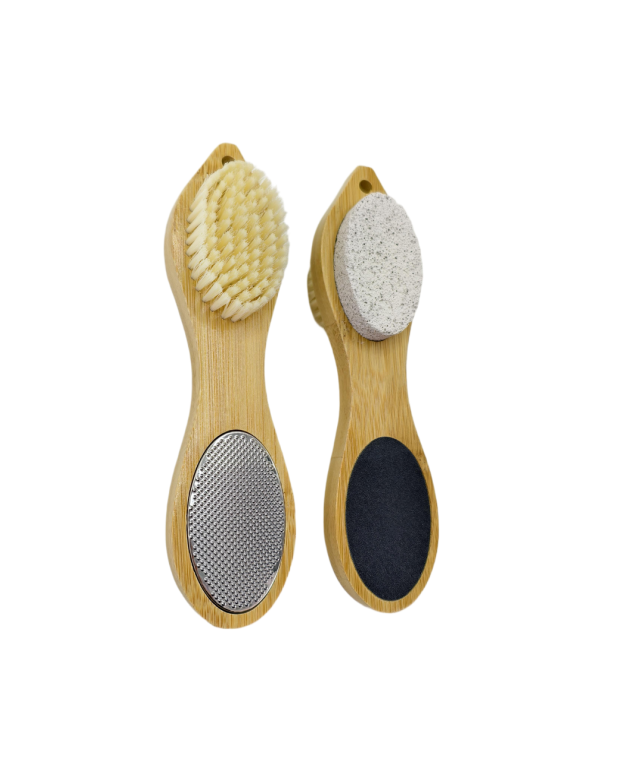
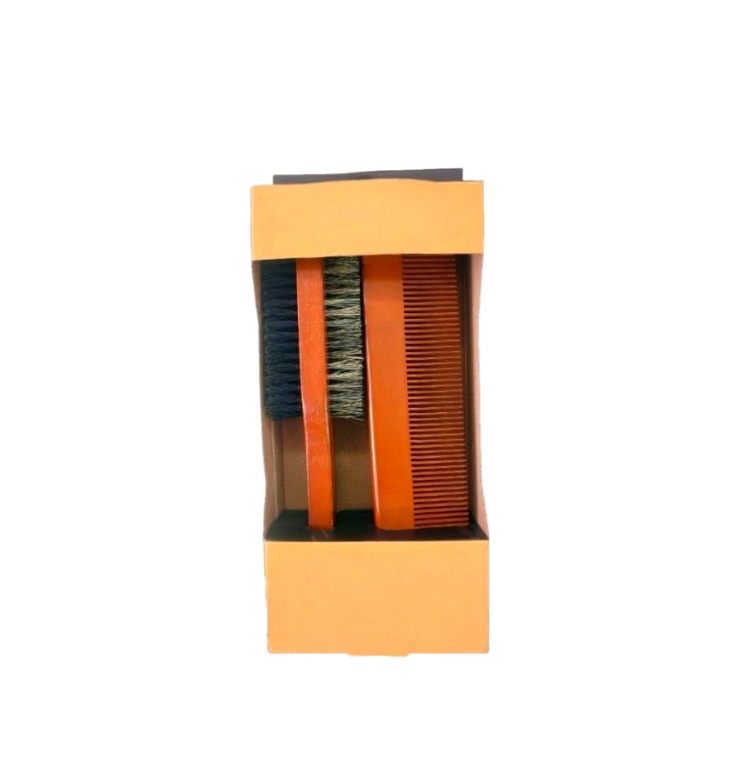
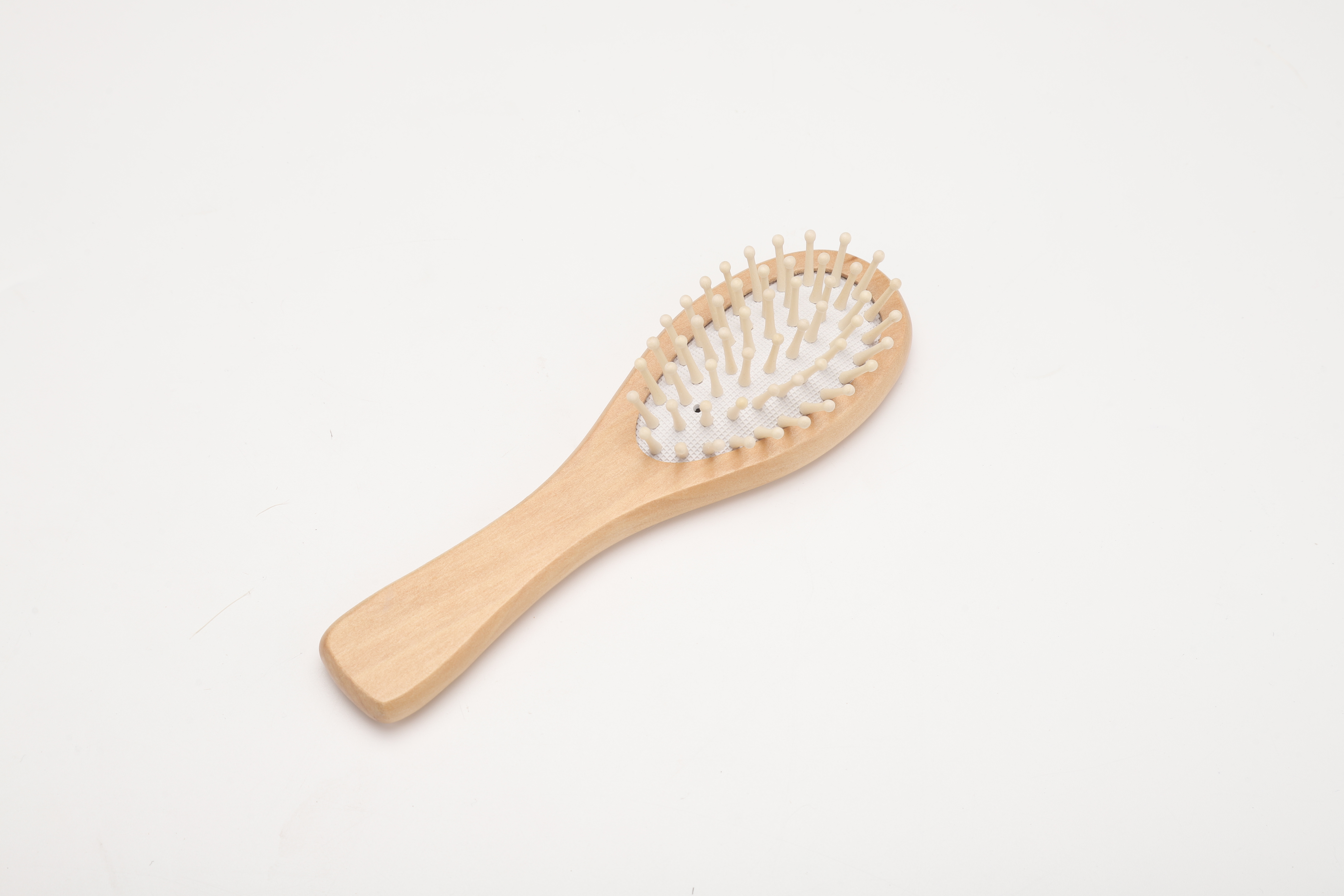
.png)
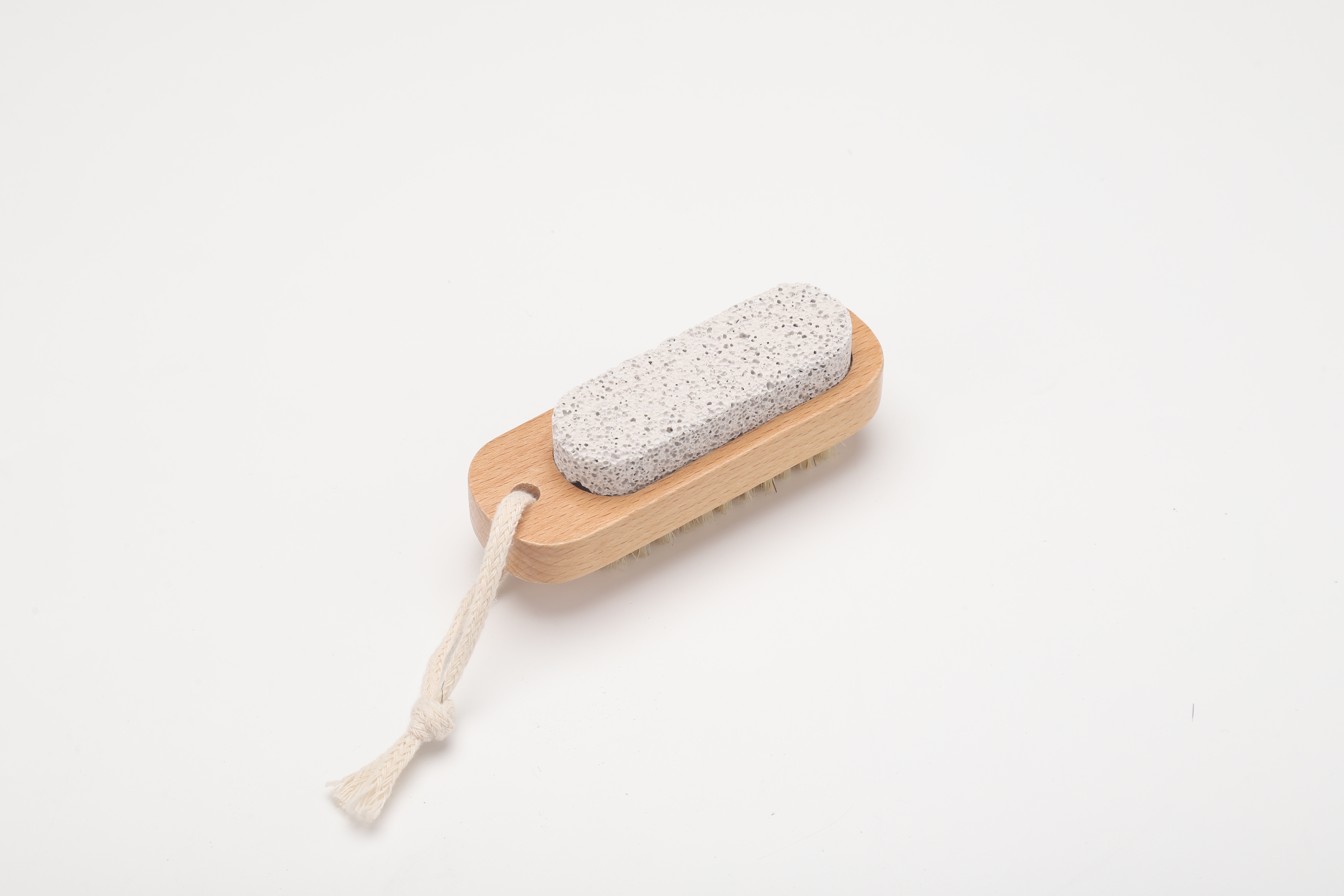

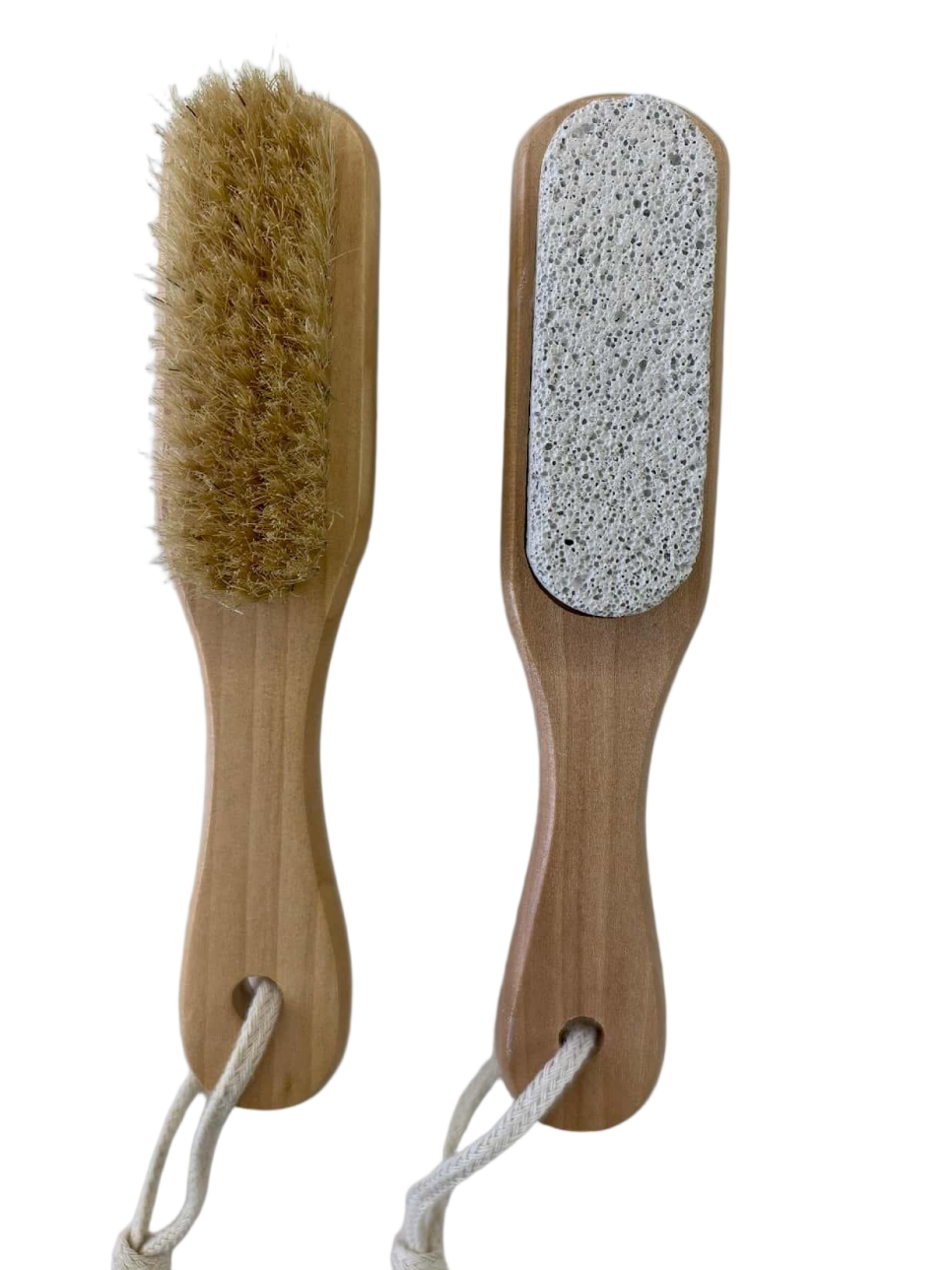
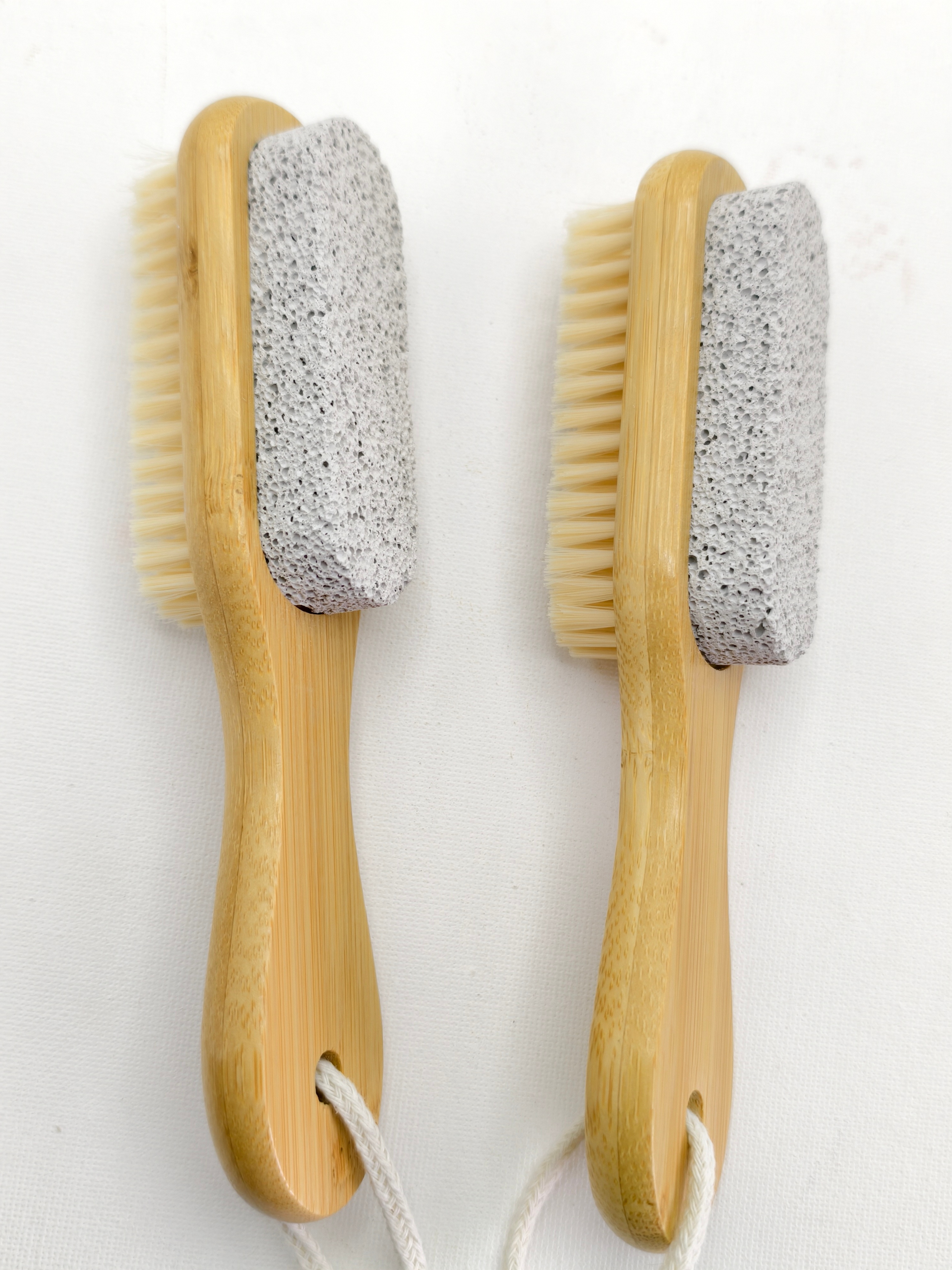
.jpg)
.jpg)





